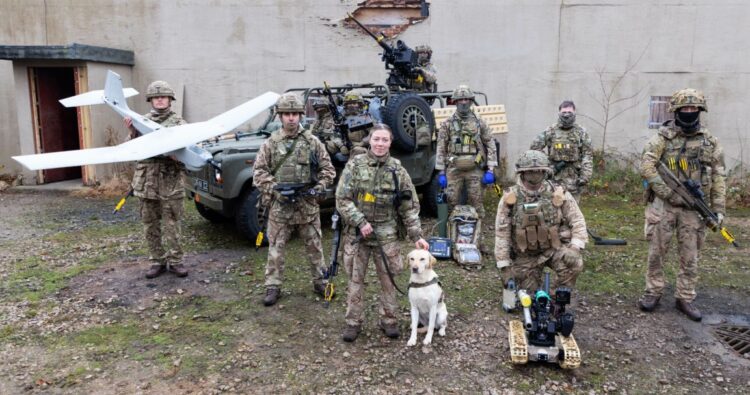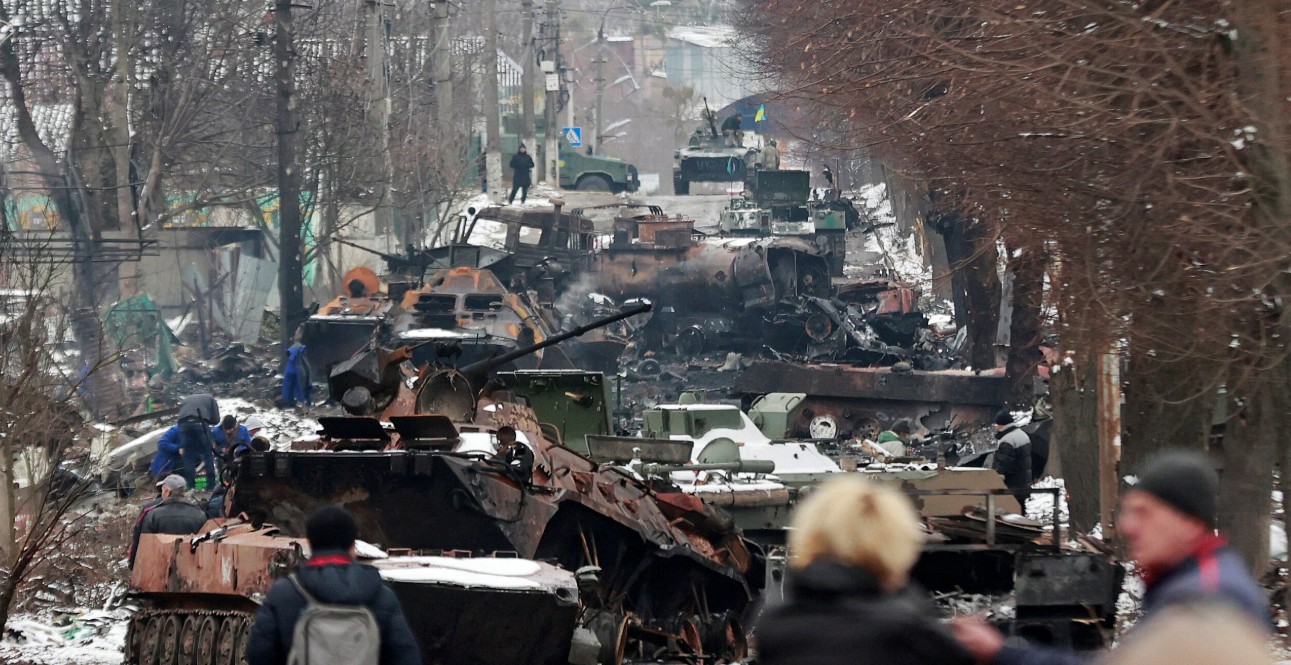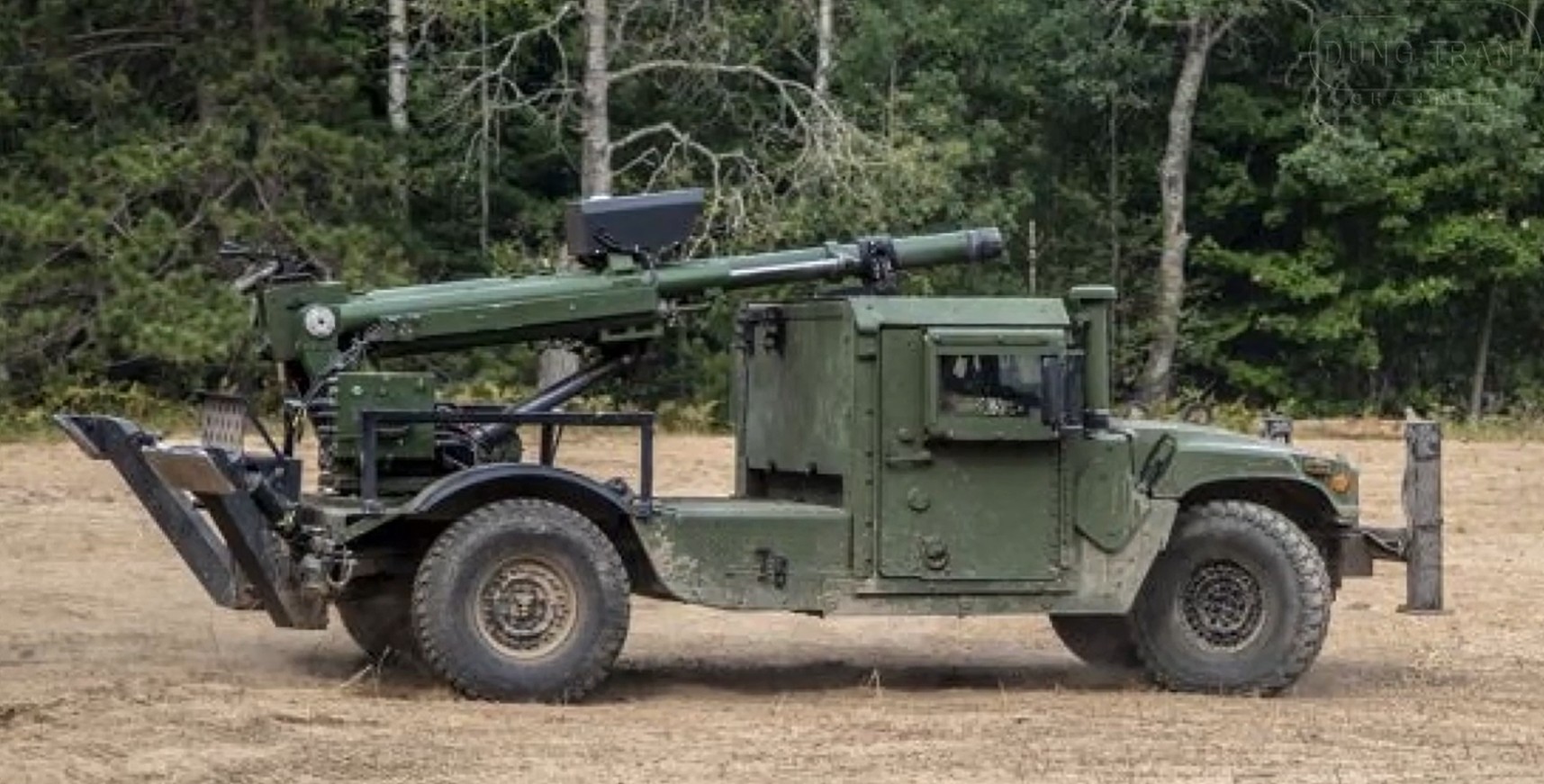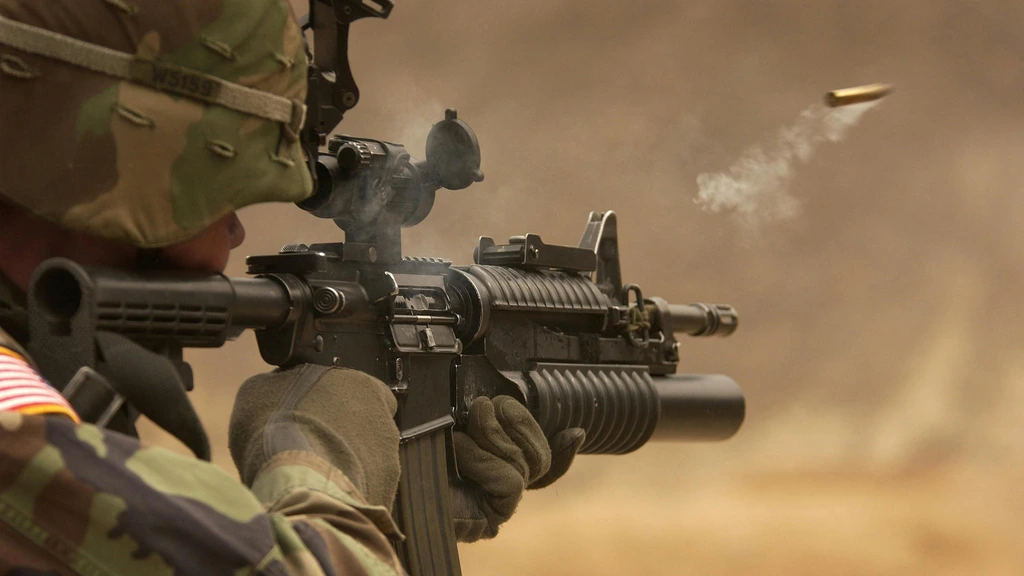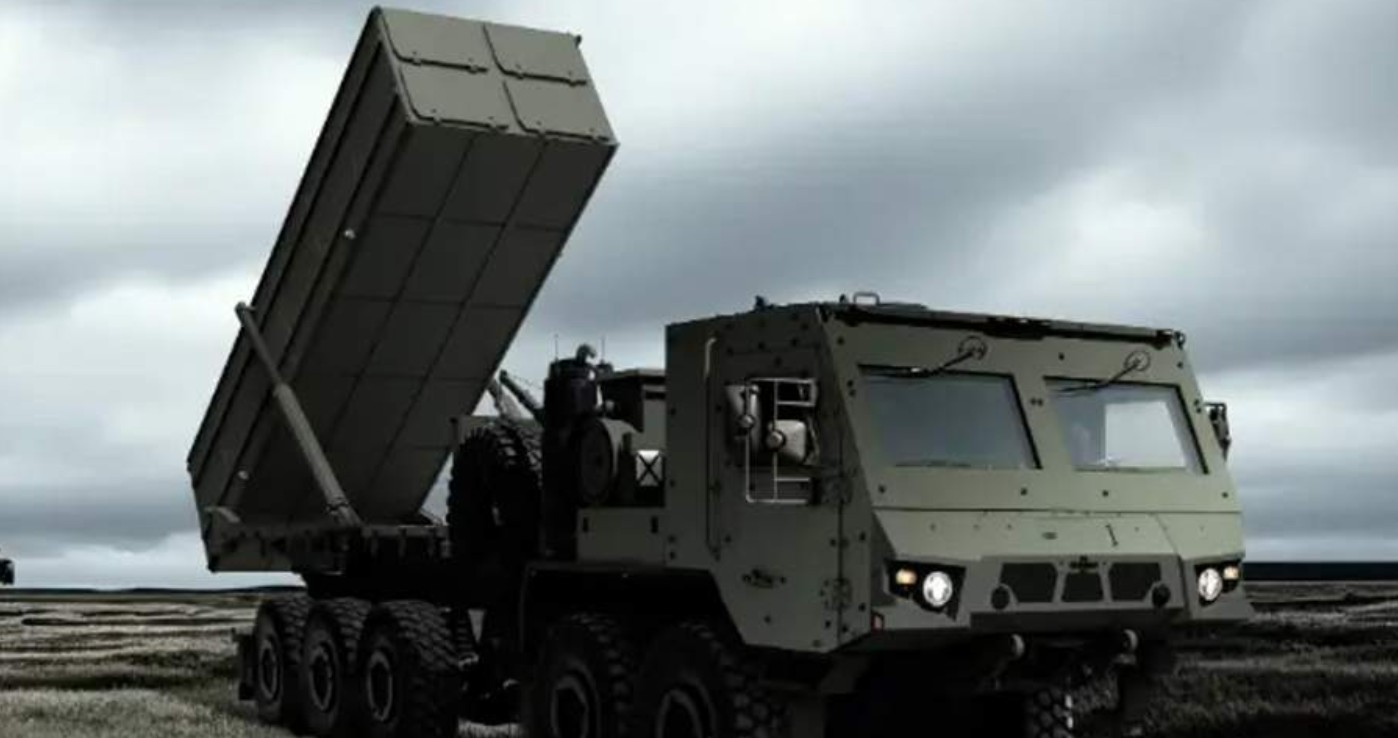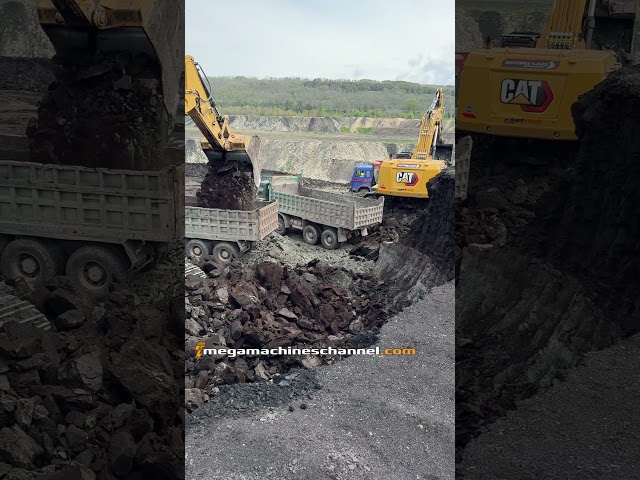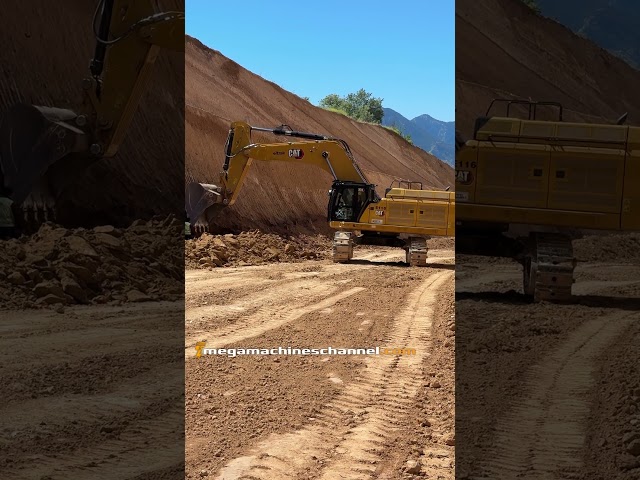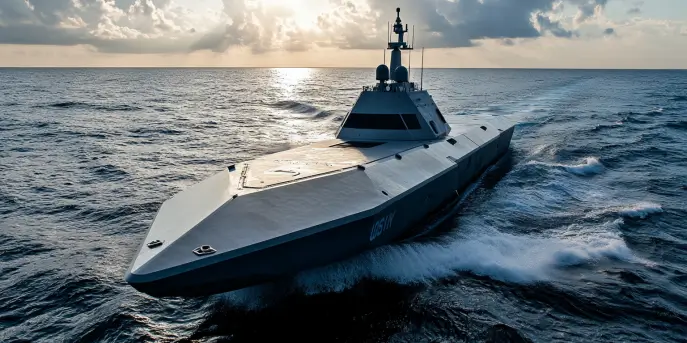The British Army is on the cusp of a significant transformation as it looks towards the horizon of 2030. This transformation is driven by a need to adapt to new threats, integrate advanced technologies, and enhance operational capabilities. In this exploration, we delve into the key aspects of what the future British Army soldier will look like, highlighting the technologies, training, and strategies that will redefine the battlefield.
Advanced Technology Integration
One of the most notable changes in the future British Army will be the seamless integration of advanced technologies. The soldier of 2030 is expected to be equipped with state-of-the-art gear that enhances situational awareness and battlefield effectiveness.
Wearable Technology: Soldiers will be outfitted with wearable tech that monitors vital statistics and provides real-time health data. This not only keeps soldiers safe but also allows commanders to assess each soldier’s readiness and adapt missions accordingly.
Augmented Reality (AR): AR glasses will provide soldiers with critical data overlays, such as terrain maps, enemy positions, and tactical information, directly in their line of sight. This ensures that every soldier is fully informed and can make split-second decisions.
Enhanced Mobility and Firepower
The British Army is investing in enhanced mobility solutions to ensure rapid deployment and superior firepower. This includes the development of faster, more efficient vehicles and weapon systems that provide versatility in various combat scenarios.
- Armored Vehicles: Future armored vehicles will feature autonomous capabilities, allowing for unmanned operations that reduce human risk and increase operational flexibility.
- Portable Firepower: Soldiers will be armed with advanced, lightweight weapons that increase lethality while being easier to carry over long distances.
Spec Comparison Table
| Feature | Current | 2030 Projection |
|---|---|---|
| Body Armor | Standard Kevlar Vest | Advanced Composite Armor |
| Firearms | Standard Issue Rifle | Smart Rifles with Integrated AI |
| Mobility | Manually Operated Vehicles | Autonomous Combat Vehicles |
Training and Skill Development
Training methodologies are set to evolve dramatically by 2030 to complement technological advancements and create agile, well-prepared soldiers.
Virtual Reality (VR) Training: VR environments will allow soldiers to train in highly realistic settings without the associated risks and costs of traditional exercises. These environments can replicate diverse combat scenarios, providing invaluable experience.
Continuous Learning: With the fast pace of technological advancement, continuous learning will become a standard practice. Soldiers will have access to up-to-date data and modular training programs tailored to evolving threats and new equipment.
Cyber Warfare and Digital Security
As warfare becomes increasingly digital, cyber capabilities will be crucial for the future British soldier. Protecting sensitive data and infrastructure will require robust cyber defenses and strategic offensive operations.
Digital Literacy: All soldiers will undergo training in cyber operations, understanding both defensive and offensive measures. This ensures that they are equipped to handle threats in a networked world.
Advanced Encryption Tools: Soldiers will use the latest encryption technologies to secure communications on and off the battlefield, preserving operational security and tactical advantage.
Leadership and Human Element
Despite the increased focus on technology, the human element remains central to military operations. Leadership qualities, mental resilience, and adaptability will be essential attributes for future soldiers.
Emotional and Psychological Support: The Army will offer enhanced support systems to ensure soldiers’ mental well-being. This includes access to counselors and resilience training that prepares soldiers psychologically for the stresses of modern combat.
Leadership Development: Future leaders will be trained not just in strategic thinking but also in managing technologically sophisticated teams. This requires a nuanced understanding of both human dynamics and machine capabilities.
The British Army of 2030 represents a blend of tradition and innovation, striving to maintain its core values while embracing the transformative potential of technology. As the landscape of warfare continues to evolve, so too will the capabilities and roles of its soldiers. This vision of the future ensures that the British Army remains a formidable force, ready to tackle challenges on a global stage.
